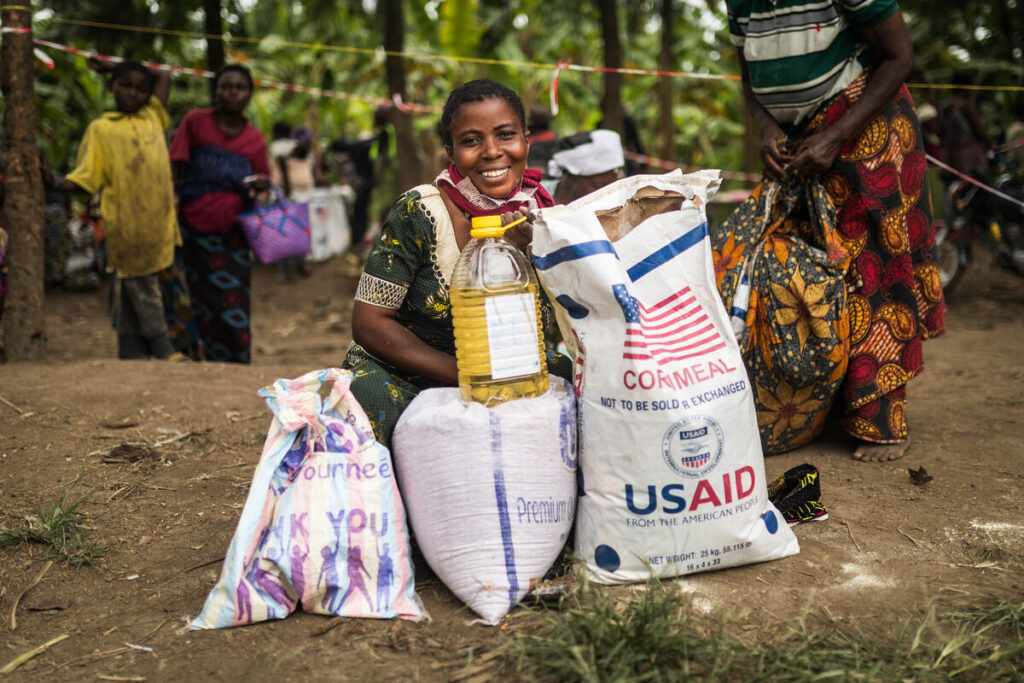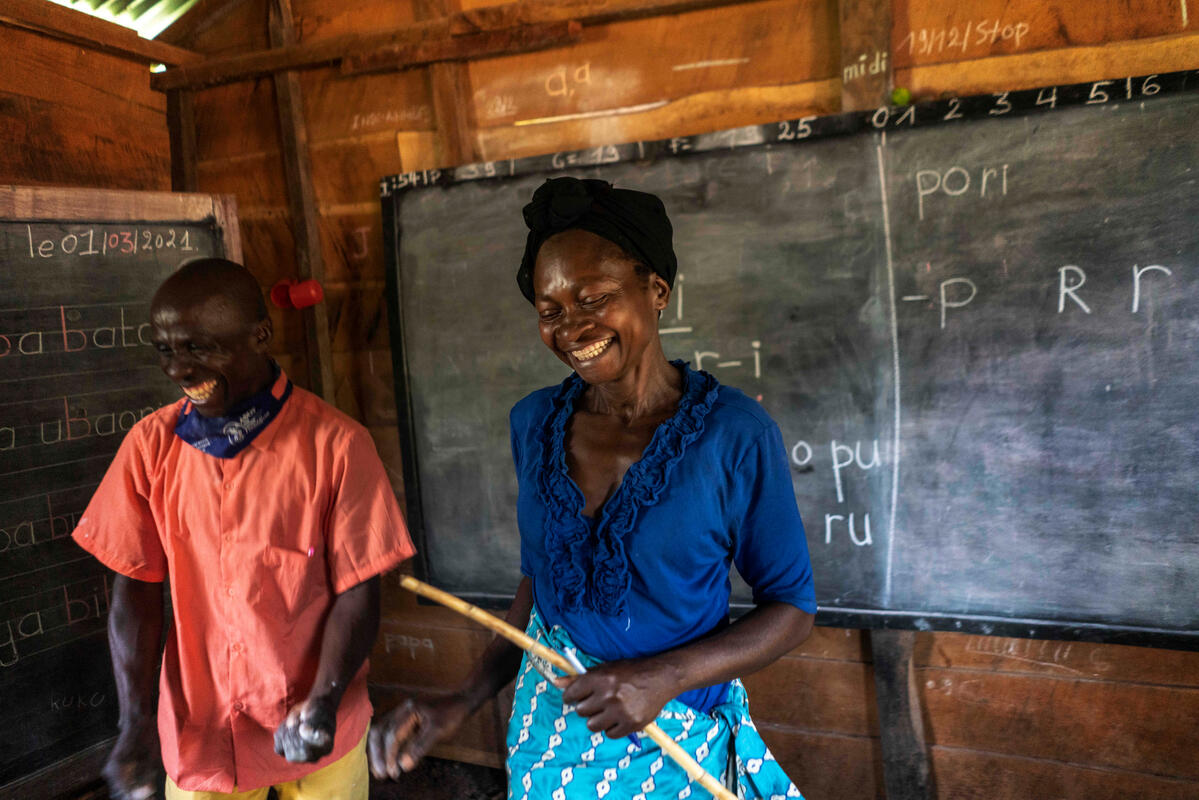
Democratic Republic
of THE congo
Hunger Crisis in the DRC
Hunger and conflict are fueling each other in the DRC. Around a quarter of the population is facing crisis levels of hunger or worse.
Violence and Suffering in the DRC
Decades of civil war have wrought havoc on the DRC. One out of every four Congolese are hungry and WFP is scaling up operations to save their lives.
people are facing acute food insecurity
people are internally displaced
children under 5 are facing or are expected to face acute malnutrition
WFP’S 2024 Impact in the DRC
In 2024, WFP reached 7.1 million people including:
- 3.5M PEOPLEwith emergency food and cash assistance
- 1.4M Children and Motherswith malnutrition treatment and prevention services
- 200K STUDENTSwith school meals and take-home rations

WFP’s Work in the DRC
Despite difficult and oftentimes dangerous circumstances, WFP continues to support Congolese families in need. In 2025, WFP plans to reach 7 million people across the DRC.

WFP provides lifesaving food, nutrition and cash-based assistance to crisis-affected communities across the DRC, with a focus on women and girls who are bearing the brunt of the conflict.


WFP operates UNHAS, running daily flights and carrying humanitarian workers, cargo and equipment. However, UNHAS is at risk of shutting down in the DRC due to a dramatic funding gap.


WFP teaches farmers how to run and grow their businesses , from planting and harvesting to storing and selling . Women receive special support so they can sell products like livestock or charcoal.

Help Save Lives Today
Give to deliver lifesaving food to vulnerable people in conflict zones like the DRC and other countries around the world.
What’s Happening in the DRC?
Read the latest stories and updates from the Democratic Republic of Congo:


